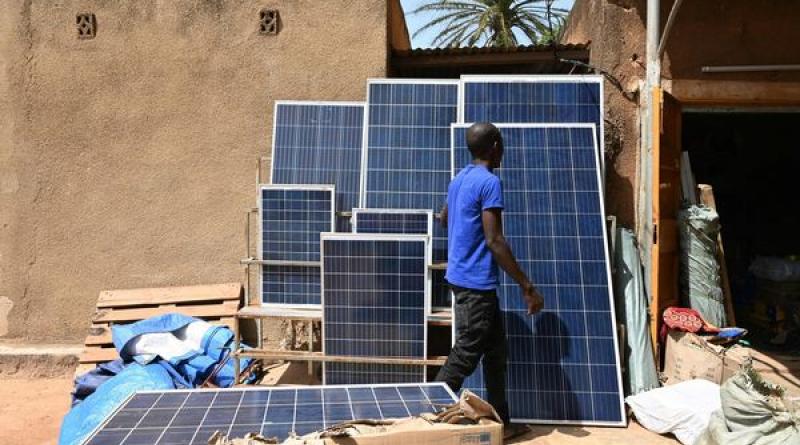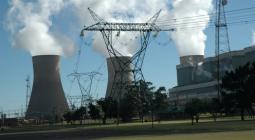Africa Should ‘Leapfrog’ the Rest of the World When It Comes to Renewable Energy.

“Africa’s biggest challenge, both on climate and the virus, is its infrastructure deficit. There’s a lack of access to water, sanitation; [there’s] overcrowding of spaces. This is where the virus starts to connect with the climate: In informal urban settlements, the disease can spread fast because of overcrowding and lack of access to water—and when you have lots of people in a very small place, lacking public services and welfare systems, it’s only going to make them more vulnerable to climate events like heat, floods, or storms. We need to build better housing with access to water and sanitation that reduces overcrowding, but also houses that are energy-efficient and that increase our resilience to shocks.
“So far we are following the development path of the industrialized world. But what you want is something like we did with phones, where we leapfrogged the fixed lines and went straight into mobile. Countries such as South Africa, Nigeria, Angola, and some nations in the Maghreb have economies that are largely dependent on fossil fuels and have very few plans to replace that dependency. This is an opportunity for them to start diversifying. The good thing is that we are blessed with abundant renewable energy resources—both wind and sun.
“For the rest of sub-Saharan Africa, this is an opportunity to electrify the continent, if we can unlock the investment needed. Large swaths of the population live in rural areas, so the conventional approach that favors a grid with a centralized control won’t work. The way to deliver power is through a smart, flexible, diverse, and democratized energy system that also ensures involvement by local communities.”
Mohamed Adow, founding director, Power Shift Africa
9 June 2020
Bloomberg Green




